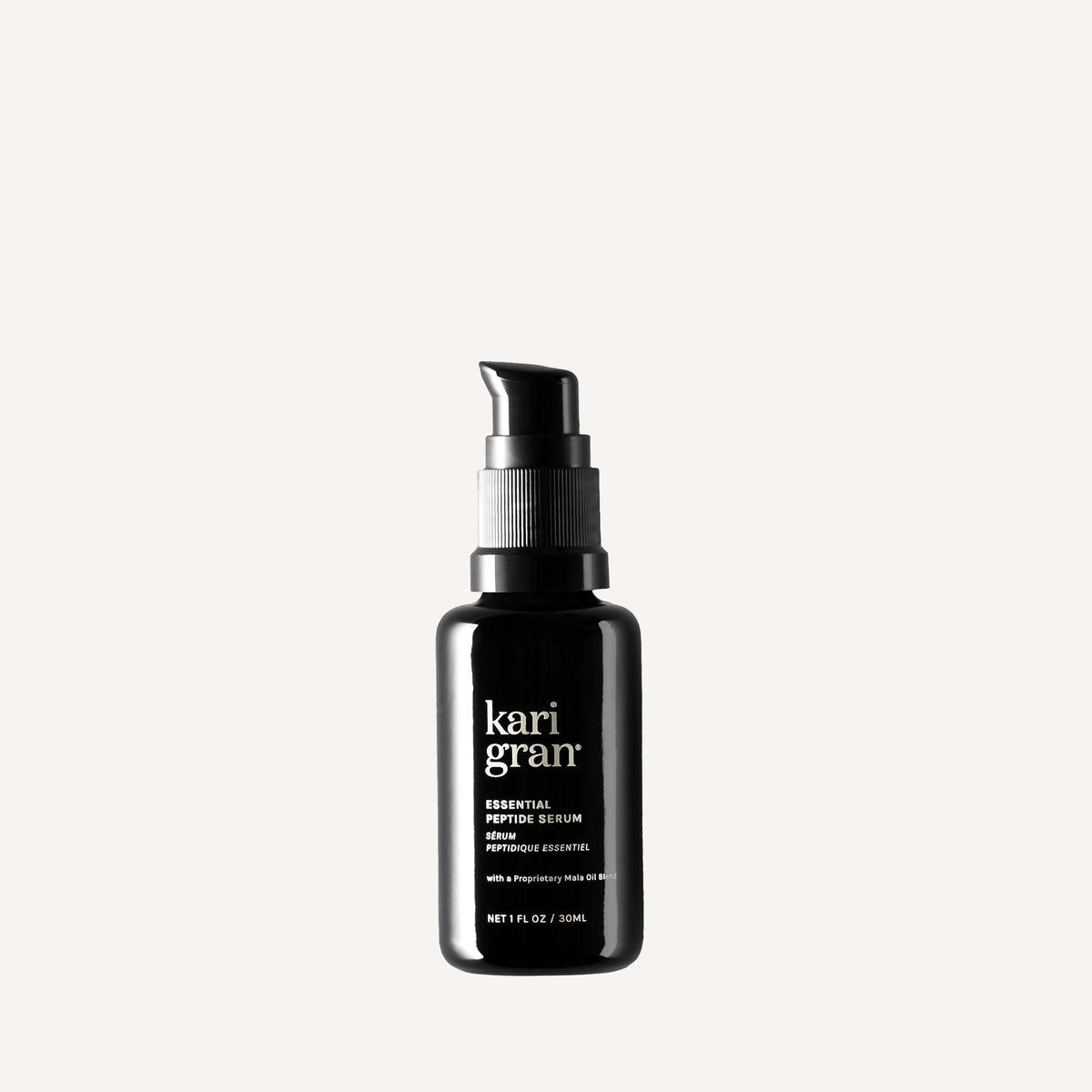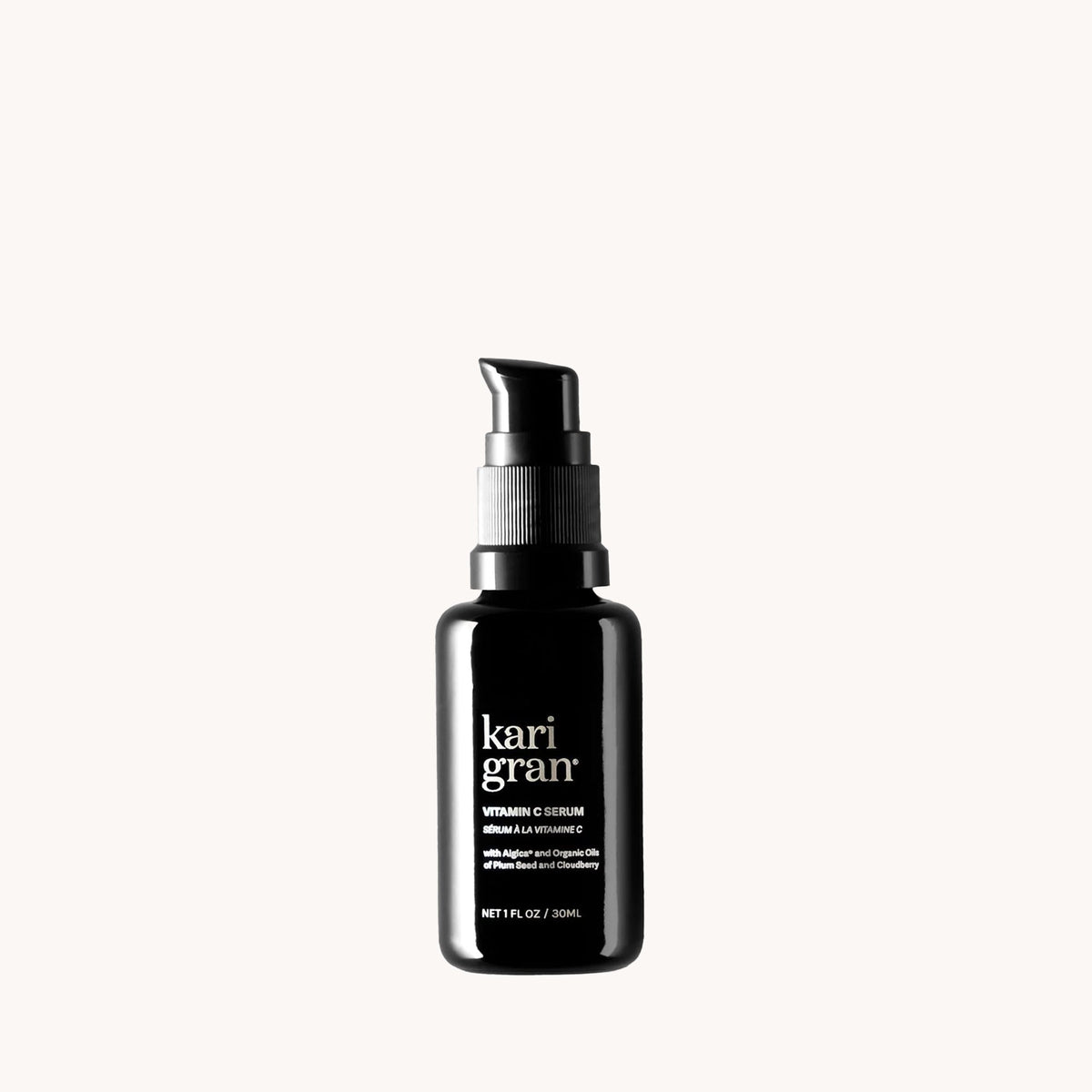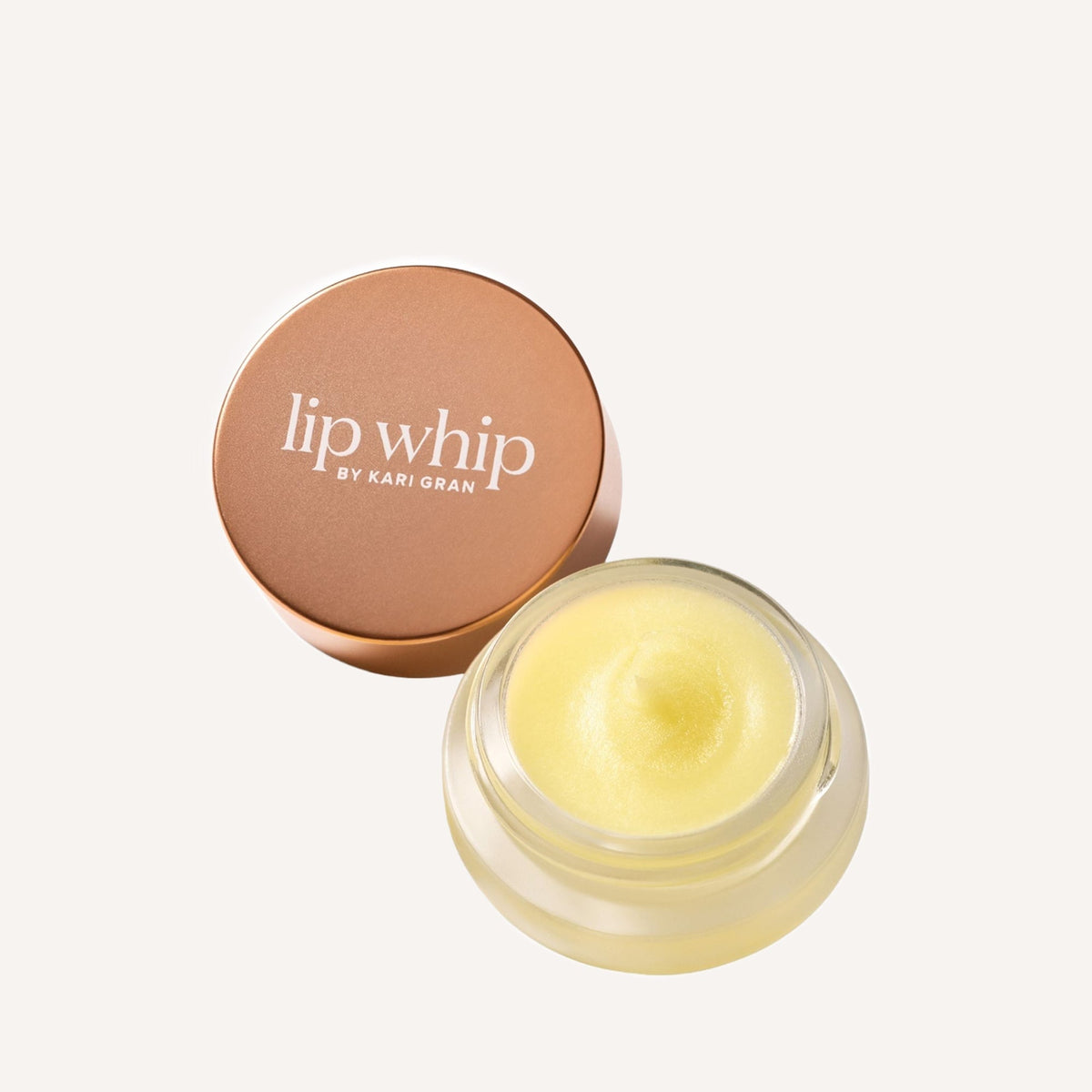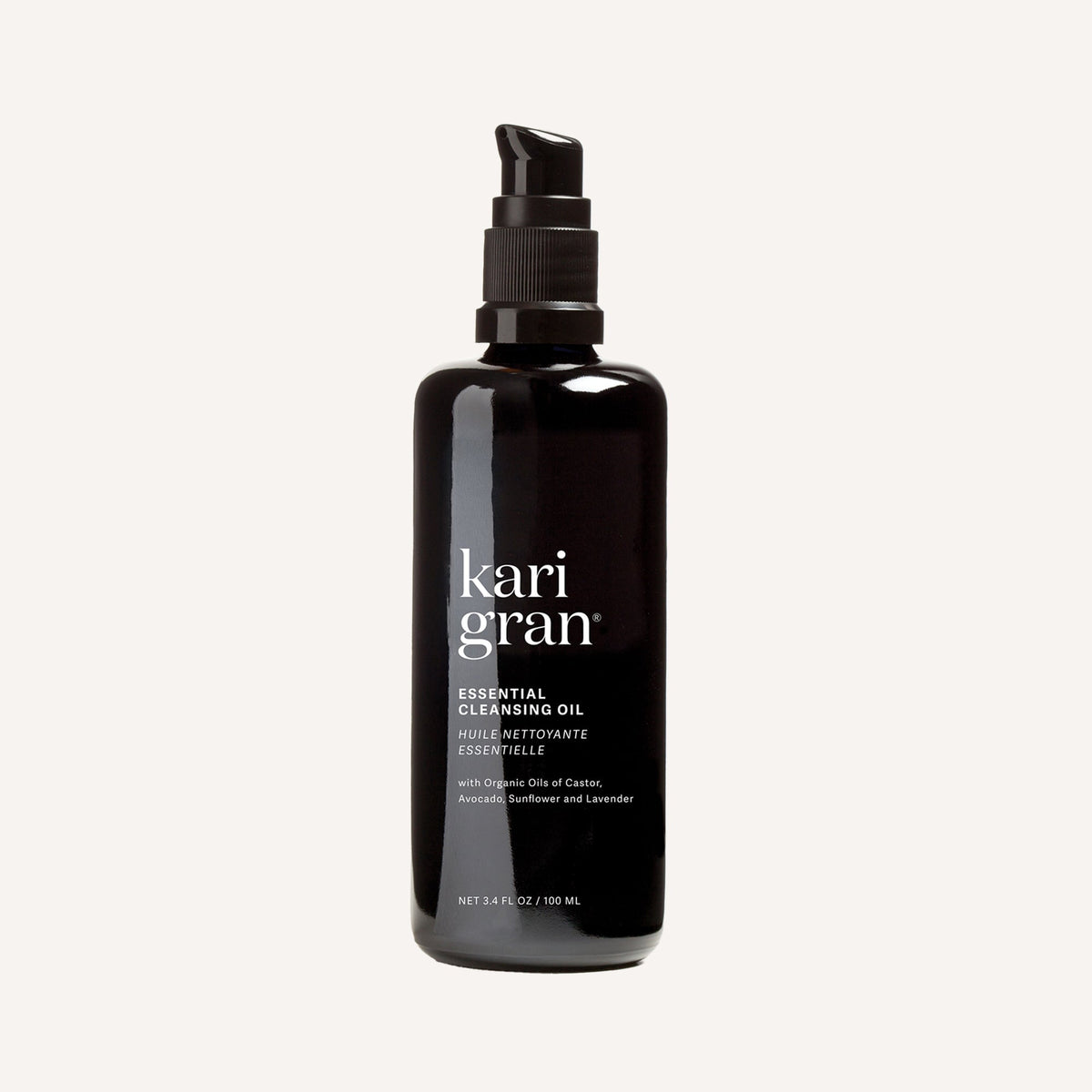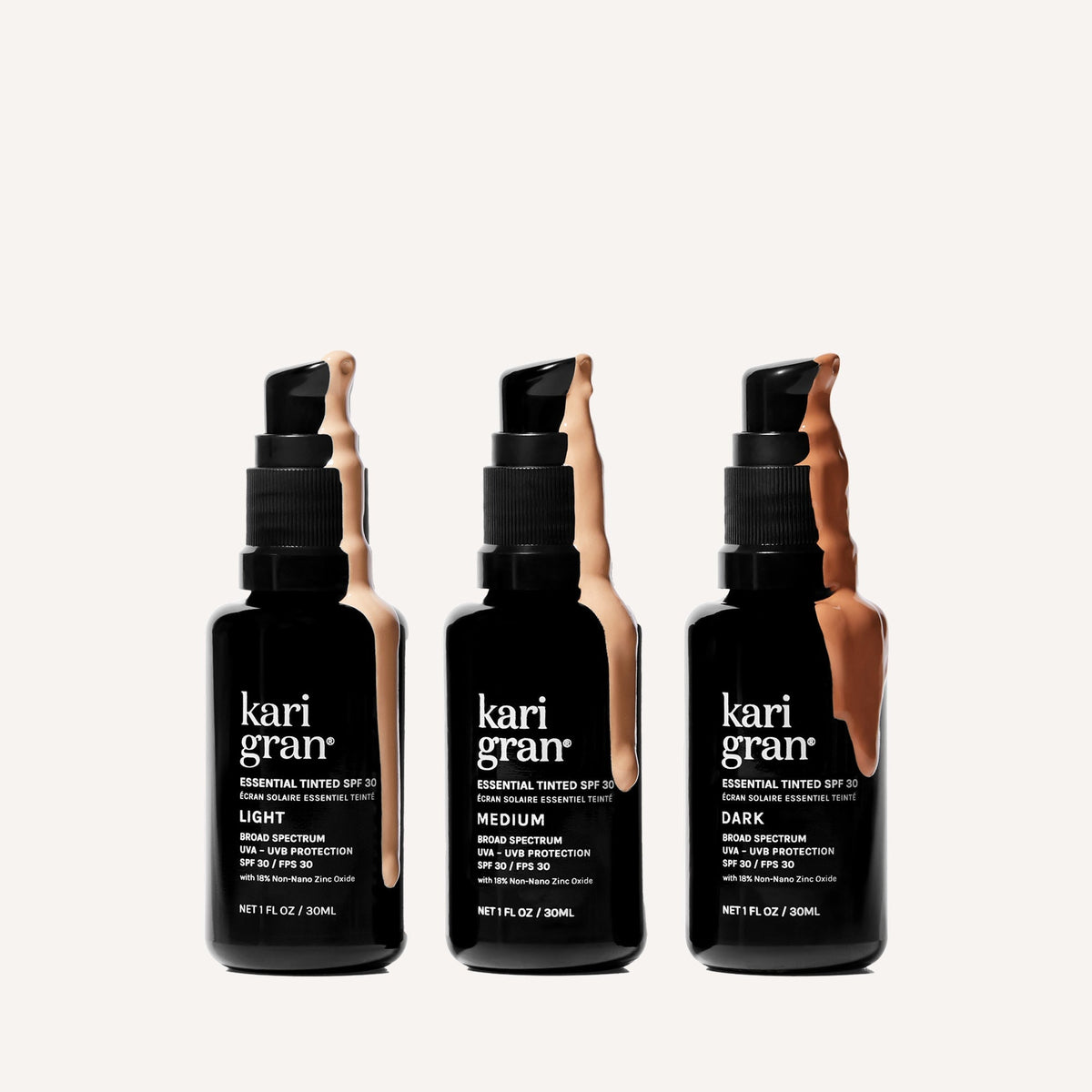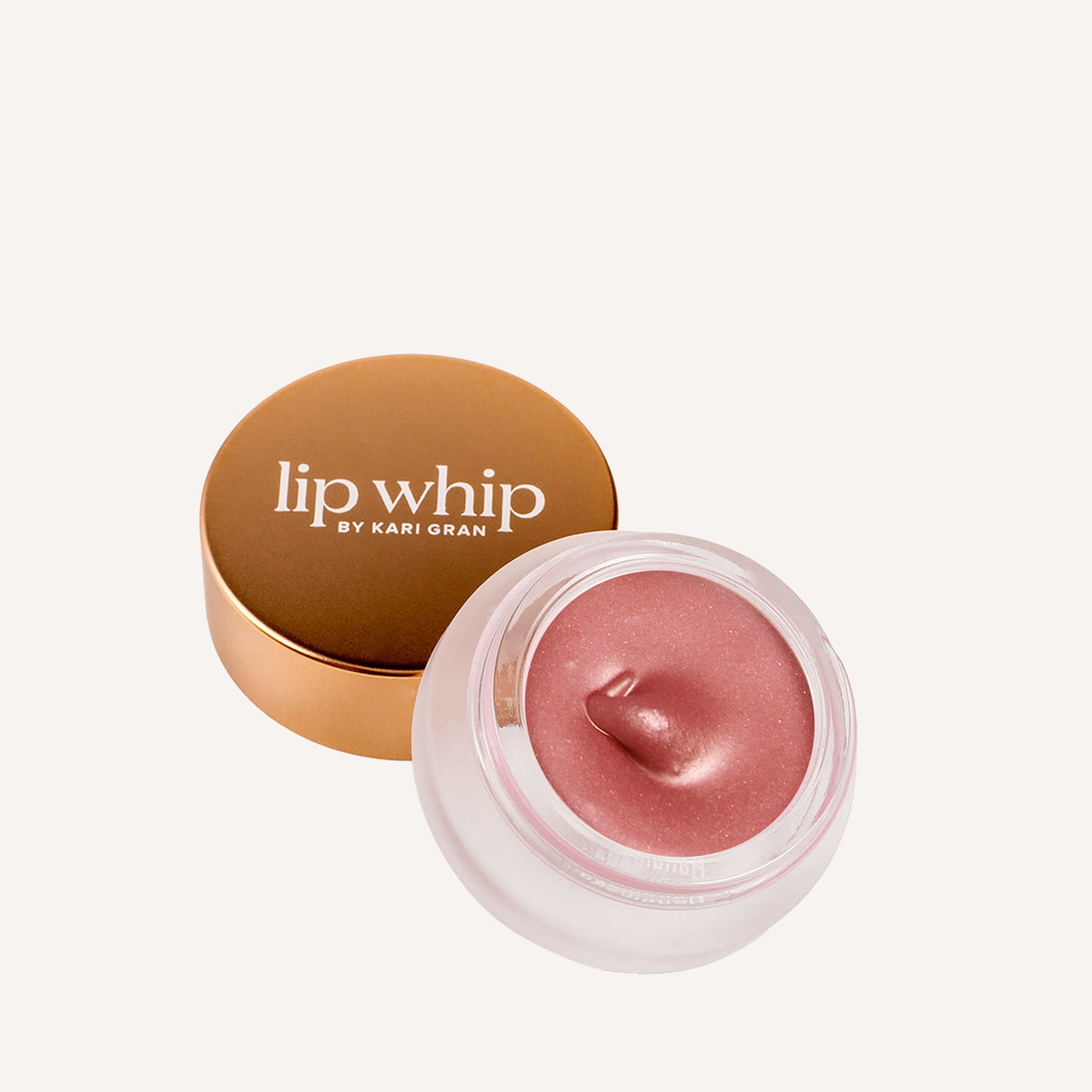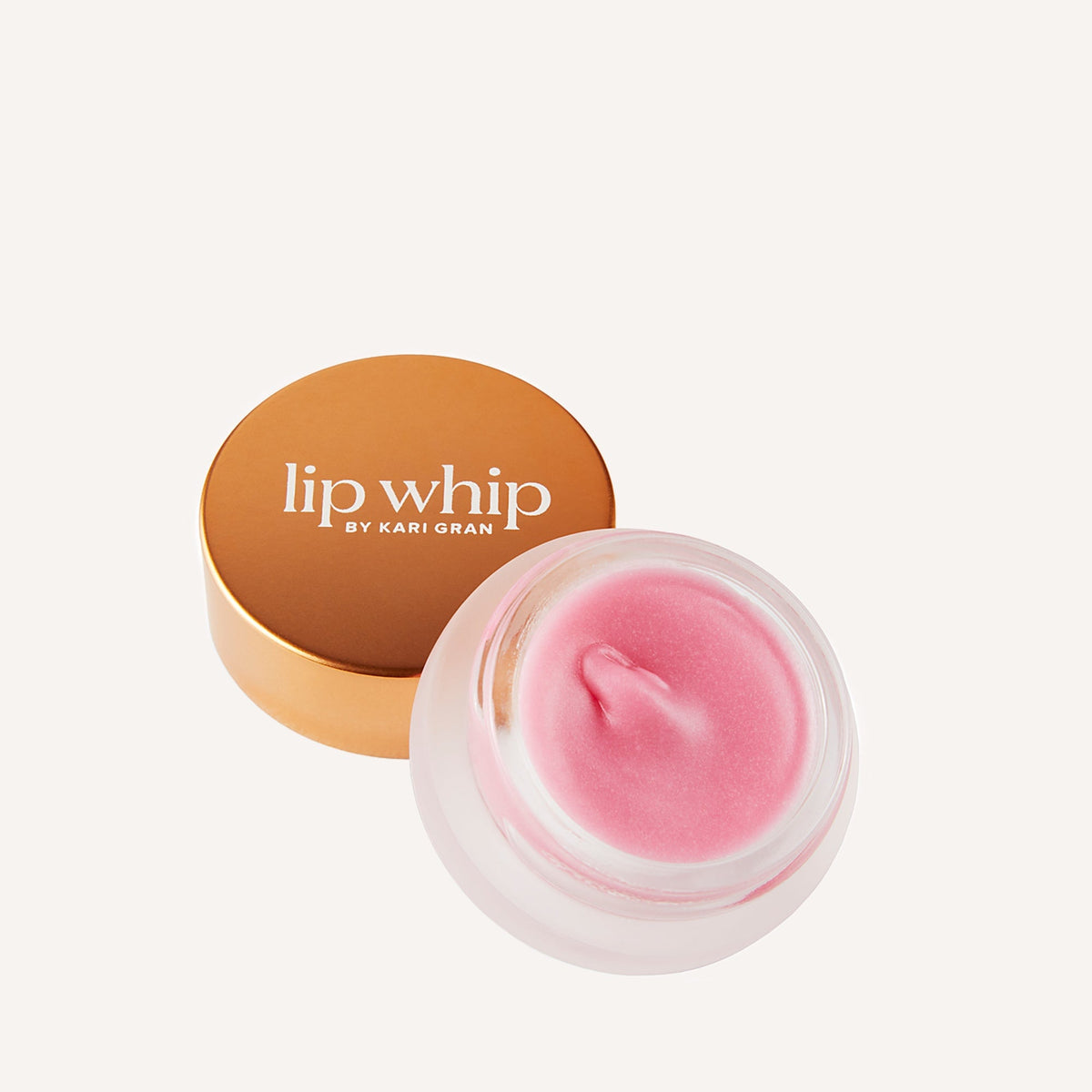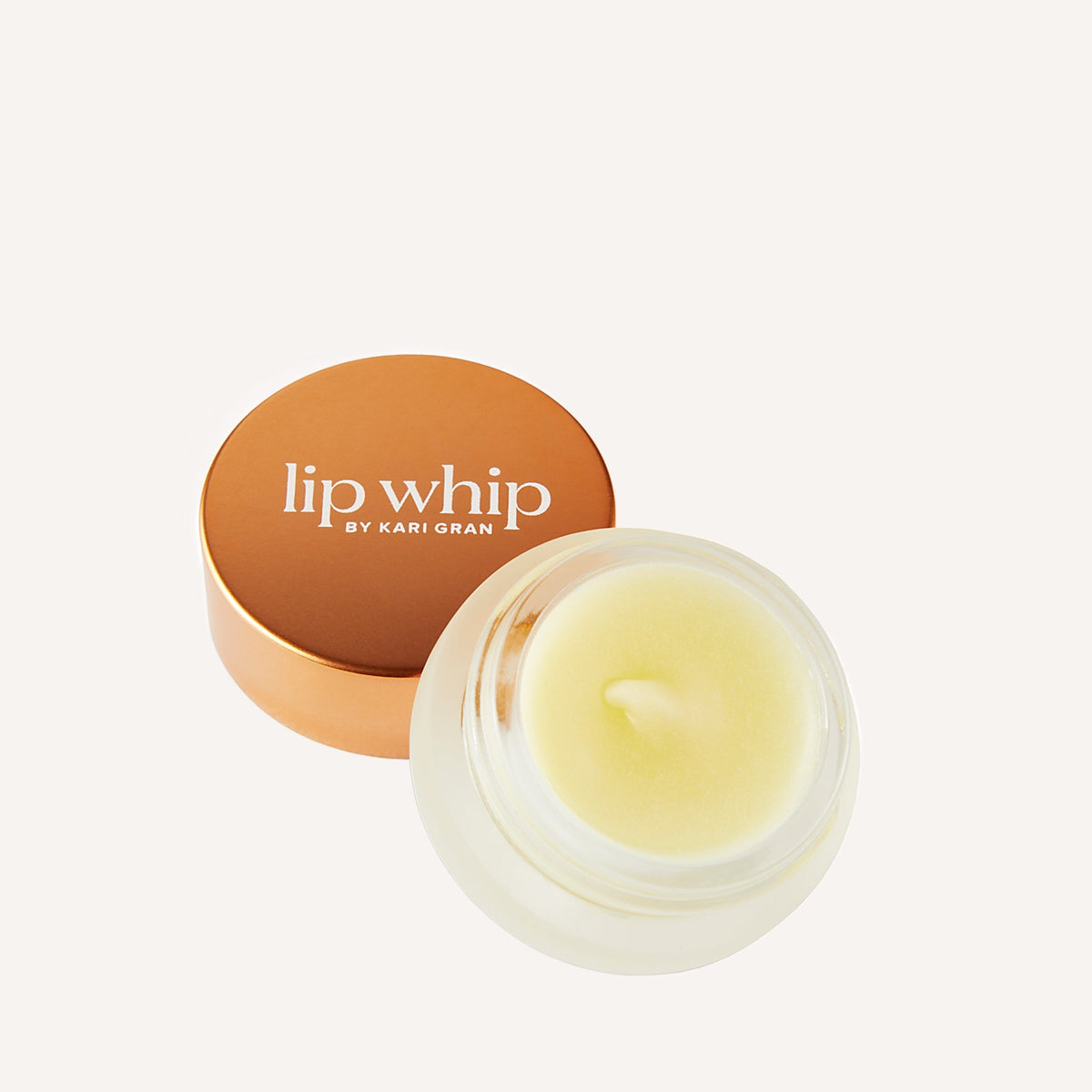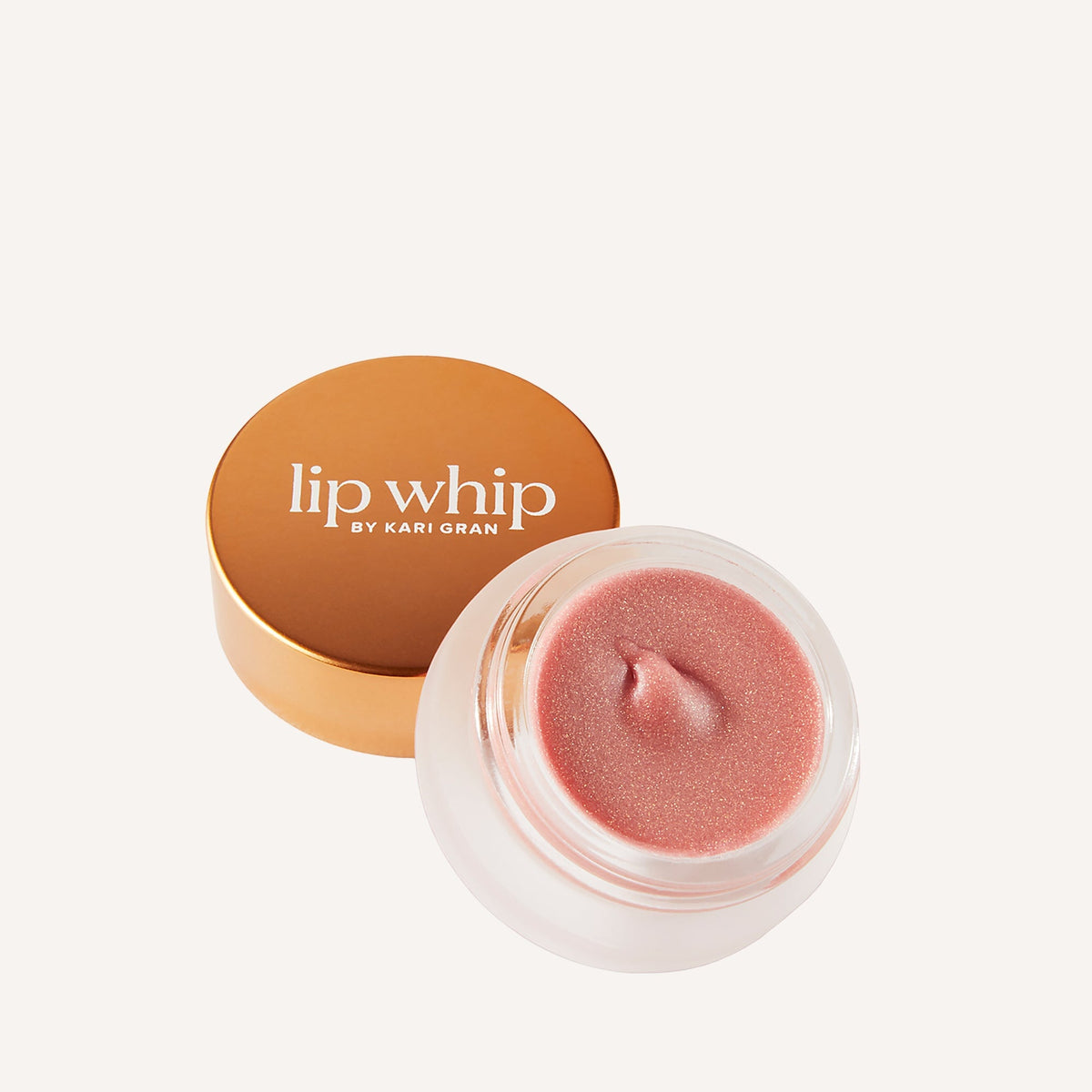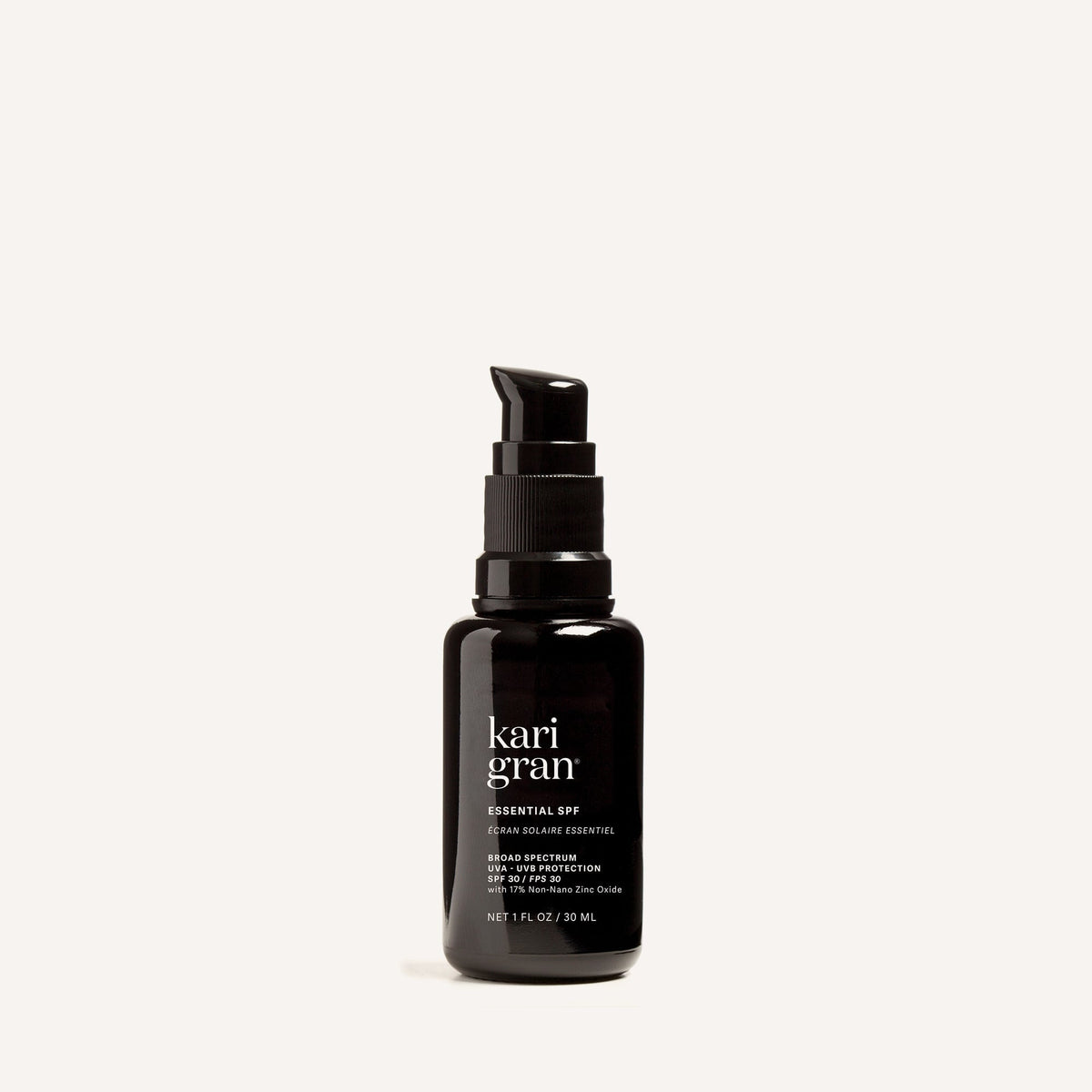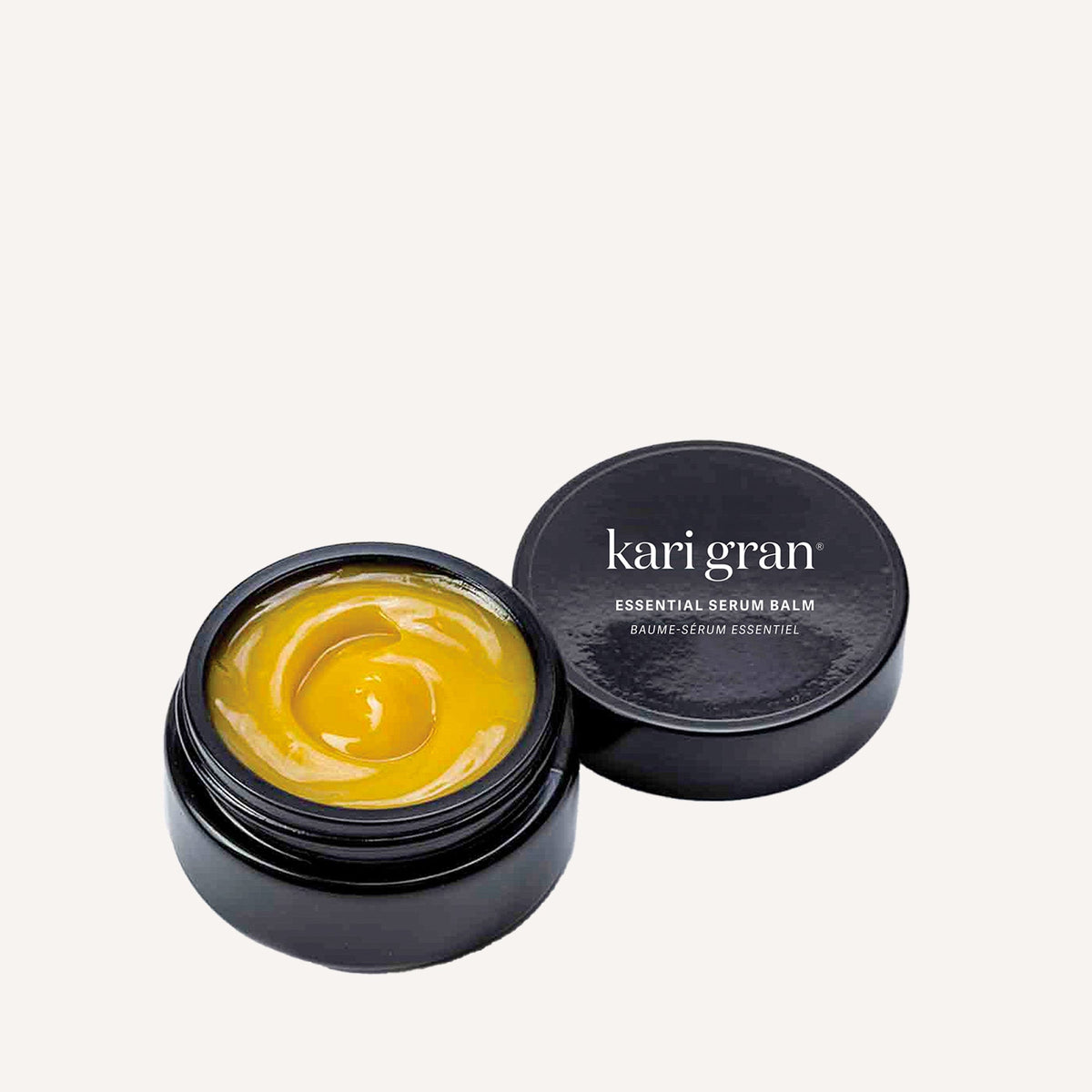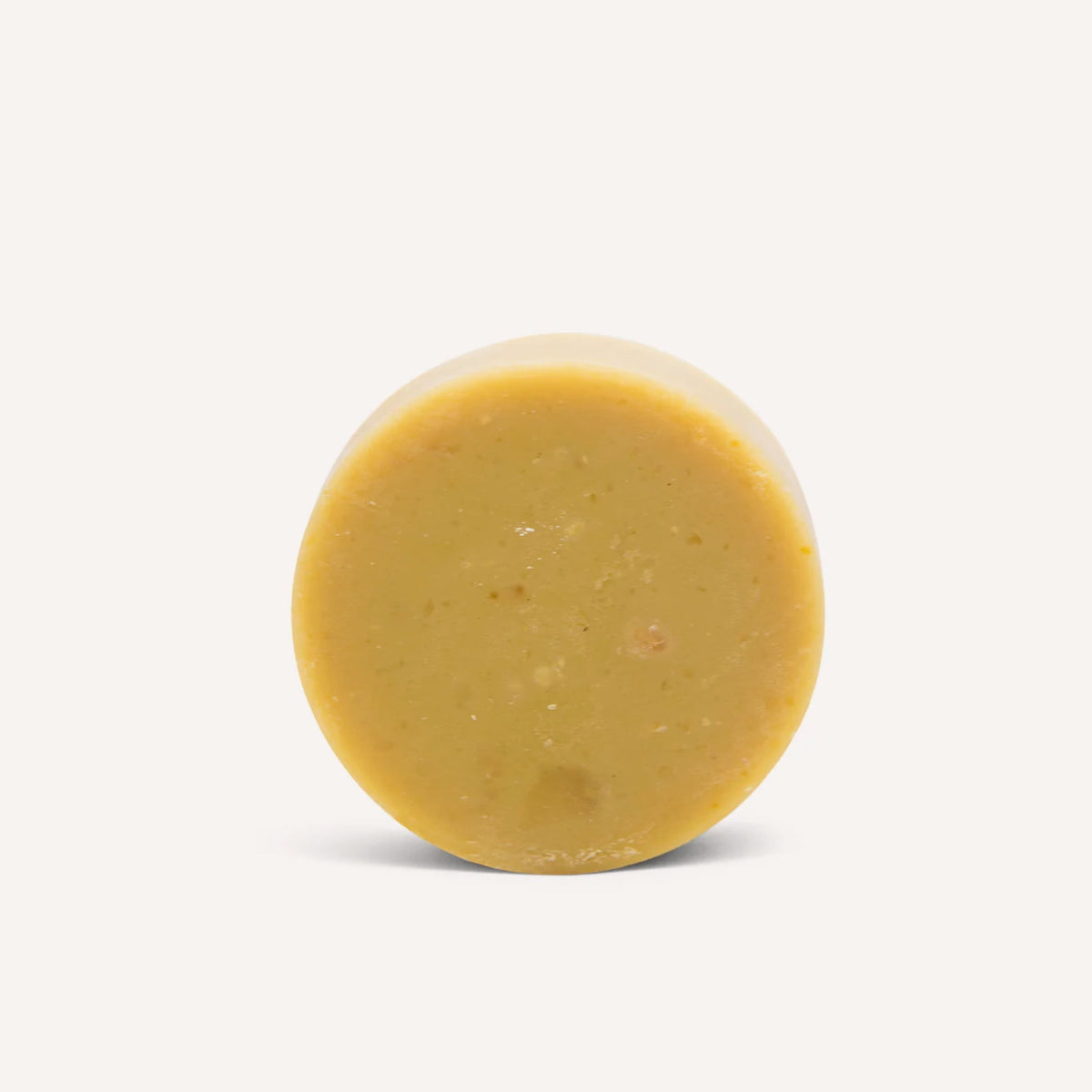Active Vs. Inactive Skin Care Ingredients
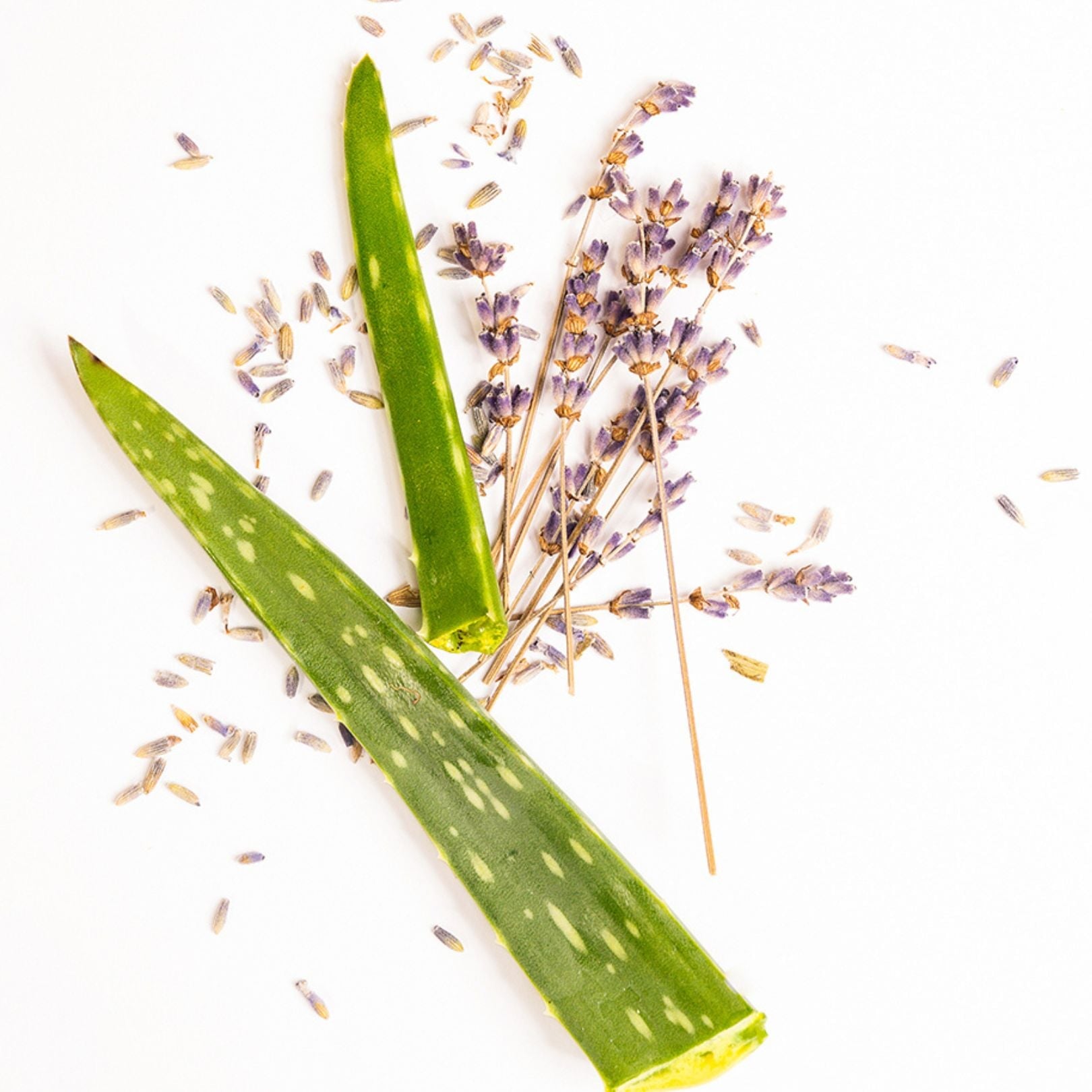
Everywhere you look, new products are constantly popping up claiming to be the next age-defying miracle (Eliminate fine lines and wrinkles! Look 10 years younger! Bid your sun spots adieu!). How can they make such claims, and how do the products even work?
Well, to tell you the truth, the claims are rubbish. Yep, this is me as the founder of a skin care product line telling you not to trust a word. The truth is no one product is going to turn your skin back to 1995. Skin care takes a holistic approach – eating right, getting sleep, managing stress, lathering up with sun screen daily and using products gentle on your skin are the best ways you can keep your glow while letting Mother Nature do her beautiful thing (‘cause she will, no matter what).
But, to get to the heart of the matter when it comes to products, the “what’s inside” items that actually help your skin are referred to as the “active ingredients.” The “inactive ingredients” are simply there to help deliver the active ingredients onto your skin and extend the product shelf life. The problem with this is that inactive ingredients take up the lion’s share of the space in most skin care products, while the good stuff only occupies a teeny tiny corner. This means you’re paying money for a whole lot of nothin’. Plus, the shelf life extending inactive fillers are laden with questionable chemicals.
At Kari Gran, our approach is different. Every single ingredient in every single one of our products serves an active purpose to help your skin light up the room. Made only from all natural, wild-harvested and non-GMO ingredients, I hand select each one based on functionality, feel and fragrance. The result is 100% pure product without a filler in sight.
However, as you do shop around for your beauty essentials, keep the following tips in mind when it comes to ingredient ROI:
- Ingredients: As a rule of thumb, the first five or six ingredients listed on a label are the most concentrated and are the workhorses of the product. But did you know that there’s a “one percent rule” for listing ingredients? If less than one percent of an ingredient is used in a product, it can be listed anywhere in the ingredients. Some brands will list powerful active ingredients towards the top of the list to entice consumers to buy it, even though there is a trace amount that surely won’t do you any good.
- H2O Woes: Did you know most beauty cleansers and moisturizers on the market count water as their lead ingredient? Often up to 80%. That’s some seriously spendy eau, which only serves to thin and stretch the product so you pay more for less.
- Expiration Date: There’s always a lab test done to determine the shelf life of a product. With that, products that use natural ingredients last a shorter amount of time, but are much better for you in the long run. If your skin care product can sit on your shelf as long as a Twinkie, that’s probably not a good thing. At Kari Gran, we hand label the expiration date on each of our small, handcrafted batches.
- No-No Fillers: According to the Environmental Working Group, a nonprofit that works to protect the public health, we should avoid the following ingredients that extend shelf life:
- Ingredients ending in “paraben” and the common replacement Phenoxyethanol
- ingredients starting with “PEG.” Polyethylene glycol (a.k.a PEG), isn’t a single ingredient, but a class of ethylene glycol polymers that moisturize, keep products stable and enhance the penetration of other ingredients, both good and bad. PEGs are typically followed by a number correlating to how many units of ethylene glycol they comprise, in the form of say PEG-4 or PEG-100; the lower the number, the more easily the compound is absorbed into the skin.
- Triclosan. This is an antimicrobial that acts a preservative in things like bath and skin care products.
And now you know!
Kari

